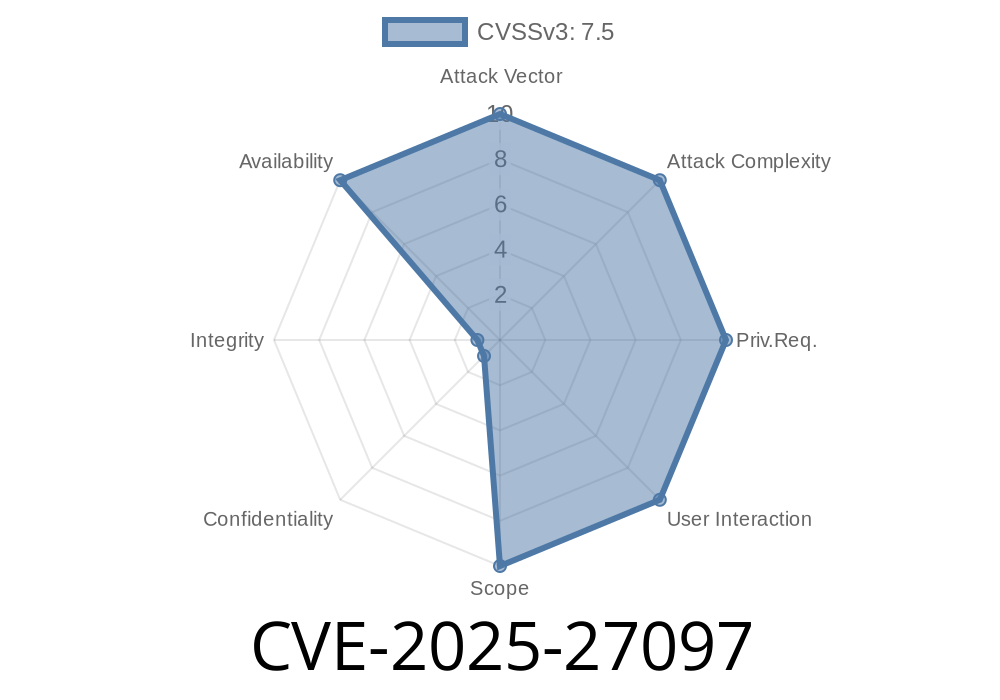GraphQL Mesh is a widely-used GraphQL Federation framework and gateway that is designed to work seamlessly with various subgraphs, non-GraphQL services, and databases such as REST, gRPC, MongoDB, MySQL, and PostgreSQL. However, a potential security vulnerability has been identified within the system (CVE-2025-27097) which, if exploited, can result in a short memory leak and token reuse across requests.
In this post, we will discuss the vulnerability in detail, including the specific conditions required for exploitation, sample code snippets, links to original references, and suggestions for mitigating the risk.
Exploit Details
Under specific conditions, GraphQL Mesh may reuse the same variables across multiple query requests. Specifically, this occurs when:
The client sends the same query with different variables.
In such cases, the initial variables will be used in all following requests until the cache evicts the corresponding DocumentNode. If a token is included as part of the initial query variables, subsequent requests may continue to use the same token, even if different tokens are supplied.
This token reuse behavior can result in a security vulnerability, as unauthorized users may gain access to sensitive data that they are not permitted to view. Additionally, this can also cause a brief memory leak, which could degrade system performance under specific conditions.
The following sample code illustrates how the vulnerability might be triggered
// Initial query with token
client.query({
query: MY_QUERY,
variables: {
input: {
token: 'initial_token'
}
}
});
// Subsequent query with different token
client.query({
query: MY_QUERY,
variables: {
input: {
token: 'different_token'
}
}
});
In this example, the second query should ideally use the 'different_token' value. However, due to the vulnerability, the second query may reuse the 'initial_token' value instead.
References
1. Official GraphQL Mesh Repository: https://github.com/Urigo/graphql-mesh
2. GraphQL Mesh Documentation: https://graphql-mesh.com/
Mitigation
To minimize the risk associated with this vulnerability, the GraphQL Mesh team recommends the following approaches:
1. Ensure that tokens are not included within query variables. Instead, utilize alternative authentication methods, such as OAuth or JWT.
2. Increase the cache eviction rate for DocumentNode objects to mitigate the potential memory leak. This can be achieved through proper configuration of the LRU cache mechanism.
Conclusion
While the identified security vulnerability (CVE-2025-27097) within GraphQL Mesh may pose a potential risk to the confidentiality and integrity of data being managed through the system, proper precautions, configuration changes, and alternative authentication methods can help nullify these risks.
Developers utilizing GraphQL Mesh should keep the information provided in this post in mind while designing and implementing their systems, ensuring that they do not inadvertently expose sensitive data or introduce a memory leak through improper use of query variables.
Finally, it is always recommended to keep a close eye on the official GraphQL Mesh repository and security advisories for any relevant updates or patches that may be released in the future.
Timeline
Published on: 02/20/2025 21:15:26 UTC
Last modified on: 02/27/2025 20:27:24 UTC
